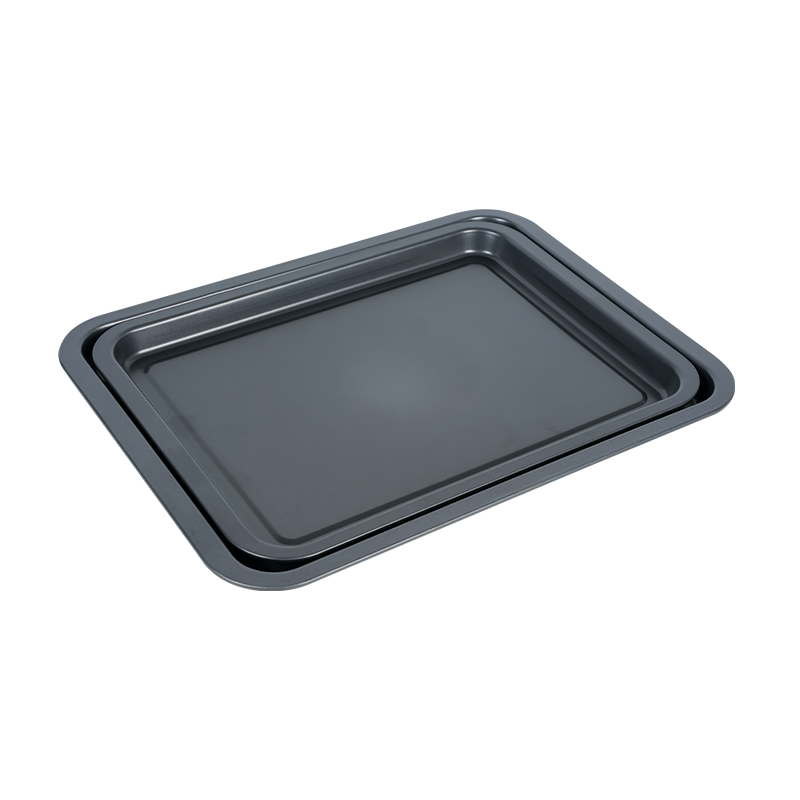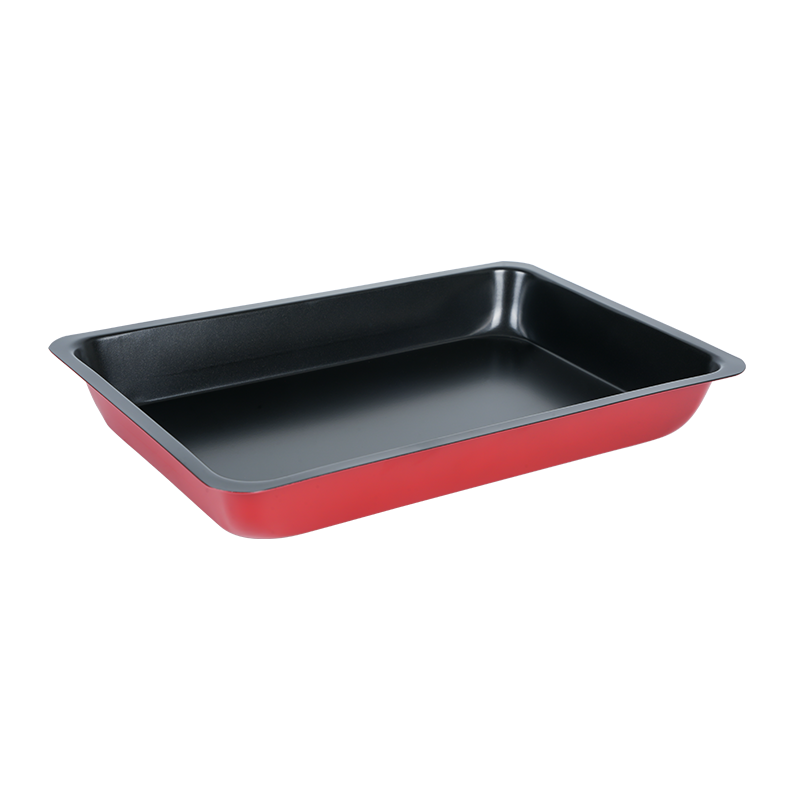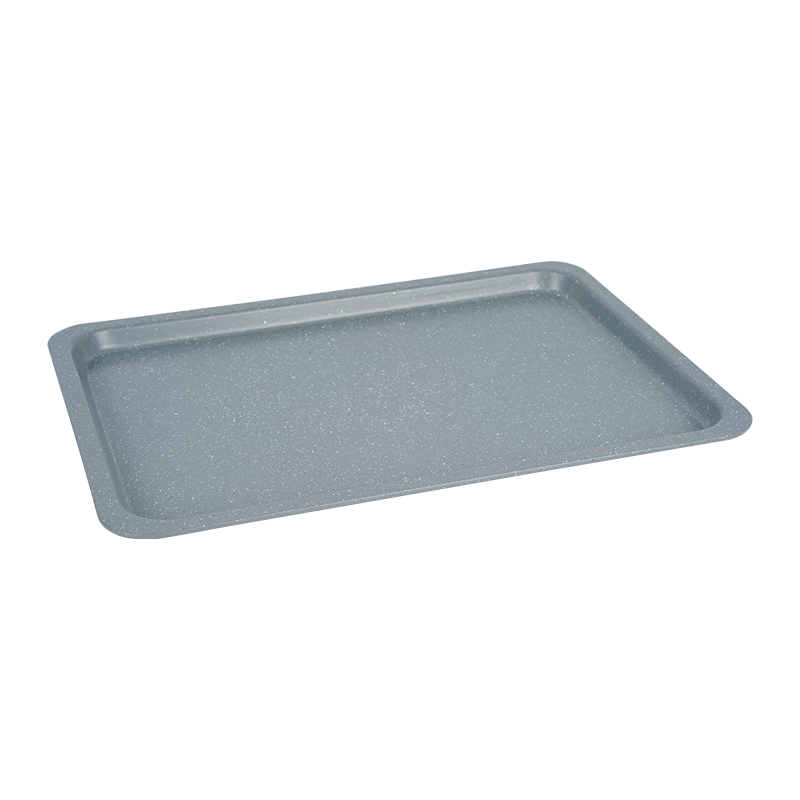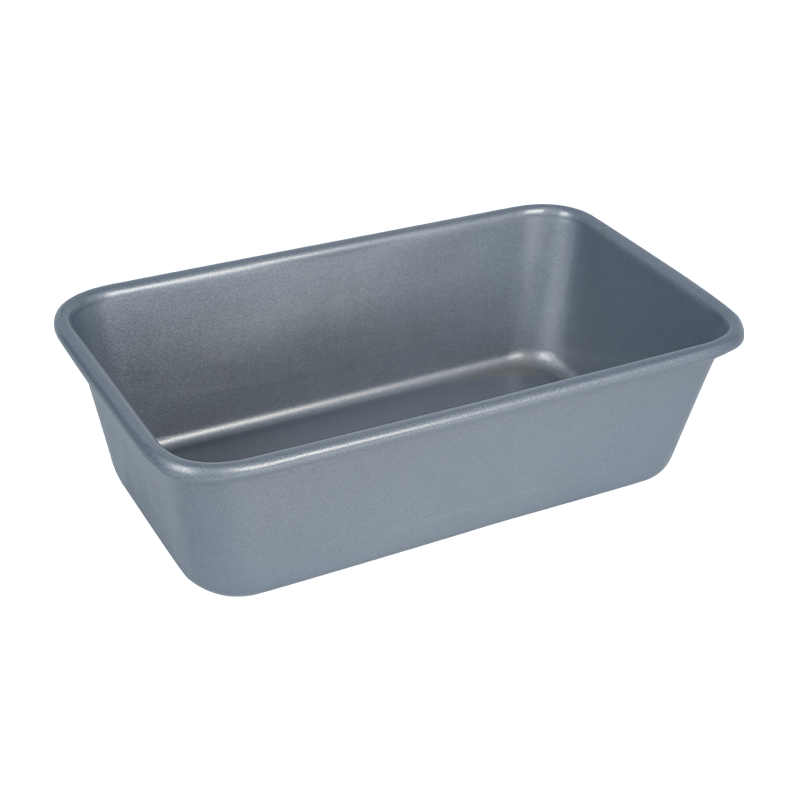The company relies on a high degree of brand awareness, fine product quality, convergence of multiple strong advertising media power, and through the integration of capital, knowledge, talent technology, channels, information operations.
Understanding the Functionality of a Microwave Baking Tray
The Microwave Baking Tray has grown in popularity due to its ability to simplify and speed up baking tasks in the kitchen. Designed to work efficiently with microwave ovens, this tool eliminates many of the steps associated with traditional baking. One of the common questions asked by new users is whether it requires preheating or additional preparation before use. This concern is understandable, especially for those transitioning from conventional ovens, where preheating is an essential step. The good news is that the operational principles of microwave ovens eliminate the need for most of the conventional preparation steps, including preheating.

No Preheating Needed in Most Cases
Unlike traditional metal or ceramic trays used in ovens, a Microwave Baking Tray is made from microwave-safe materials such as silicone, microwave-grade plastic, or specially coated ceramics. These materials are designed to work immediately with microwave radiation. Since microwave ovens heat food by exciting water molecules directly, they don’t require the environment to reach a uniform temperature before cooking begins. Therefore, placing food directly onto it and starting the microwave is generally sufficient, saving time and energy that would otherwise be spent preheating.
Situational Preparation for Certain Tray Designs
That said, there are exceptions. Some modern Microwave Baking Trays are equipped with special features such as browning elements, crisping plates, or grill inserts. These elements are designed to give baked items a firmer texture or a slightly crisp exterior, mimicking aspects of traditional oven baking. In cases where such a tray includes a built-in browning surface, preheating may be suggested by the manufacturer, often just a minute or two in the microwave while empty. This step is not required for safety but is recommended for performance enhancement, particularly when crispiness is desired.
Cleaning and Preparation Before Use
While preheating is usually unnecessary, some initial preparation is advisable, especially before the tray’s use. Most manufacturers recommend washing the Microwave Baking Tray with warm water and mild soap to remove any manufacturing residues or packaging dust. This ensures that no chemicals or particles interfere with the baking process or food safety. After this initial wash, the tray is typically ready for regular use without further treatment. Ongoing cleaning after each use helps maintain performance and prevents food residue buildup.
Using Oil or Liners for Easy Release
Another aspect of preparation involves food release. While many Microwave Baking Trays feature non-stick coatings, some ingredients, especially those with high sugar or fat content, can stick if baked directly on the tray. In such cases, lightly greasing the surface or using a microwave-safe parchment paper can improve results. This is not a strict requirement, but can be considered part of practical preparation to ensure convenience and tray longevity.
Avoiding Common Mistakes During Use
Although the Microwave Baking Tray is largely user-friendly, there are still common mistakes to avoid. Placing it in a conventional oven, for example, can damage it unless the tray is specifically labeled as dual-use. Also, overfilling the tray or failing to adjust baking times for microwave-specific heat dynamics can cause uneven cooking. Users are encouraged to follow the recipe’s microwave adaptation guidelines and the tray manufacturer’s instructions closely to ensure results.
Minimal Effort, Maximum Convenience
In conclusion, one of the major benefits of using it is the minimal preparation it requires. Preheating, a staple in conventional baking, is almost entirely unnecessary, except in specific tray designs with browning features. For models, simple cleaning before use and optional greasing for sticky ingredients are the only steps needed. This simplicity, combined with quick cooking times, makes the Microwave Baking Tray a time-saving and efficient choice for modern home cooks looking to streamline their baking process.

 English
English русский
русский Español
Español



